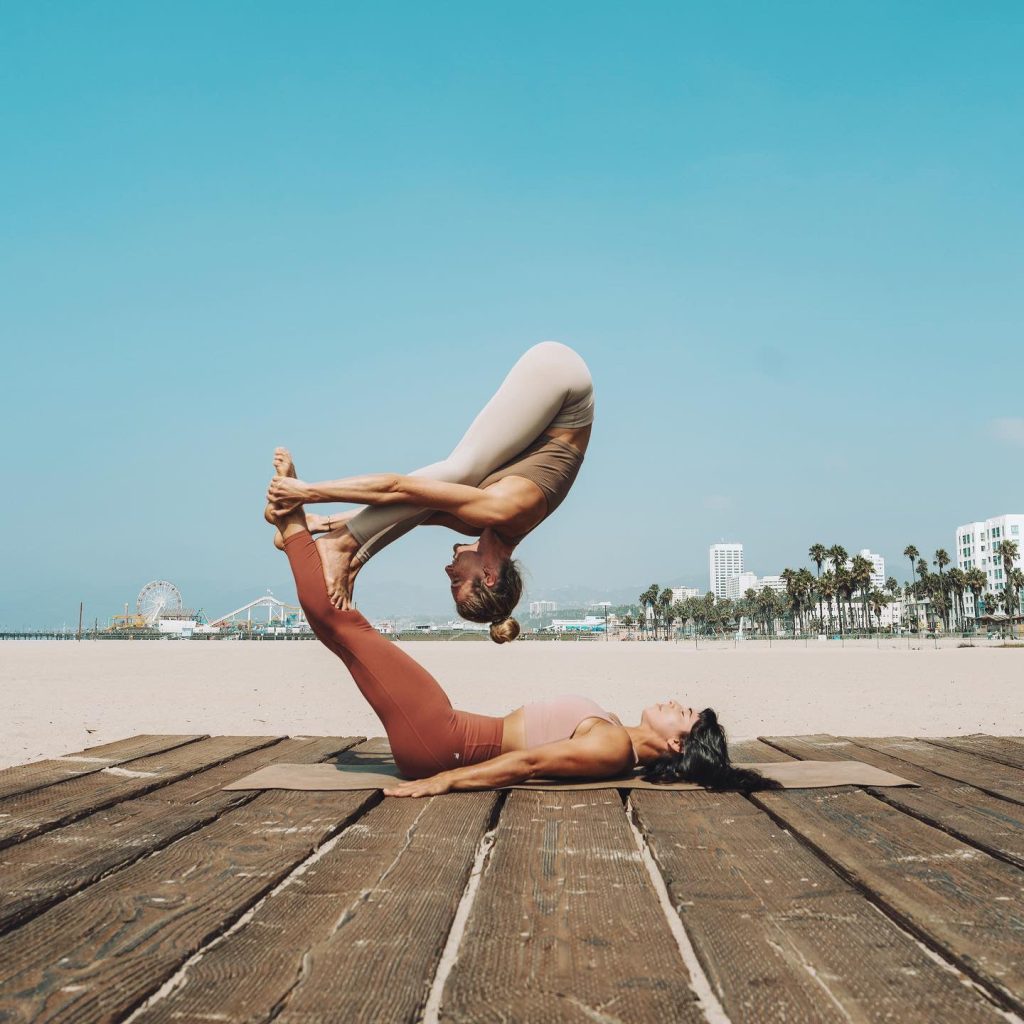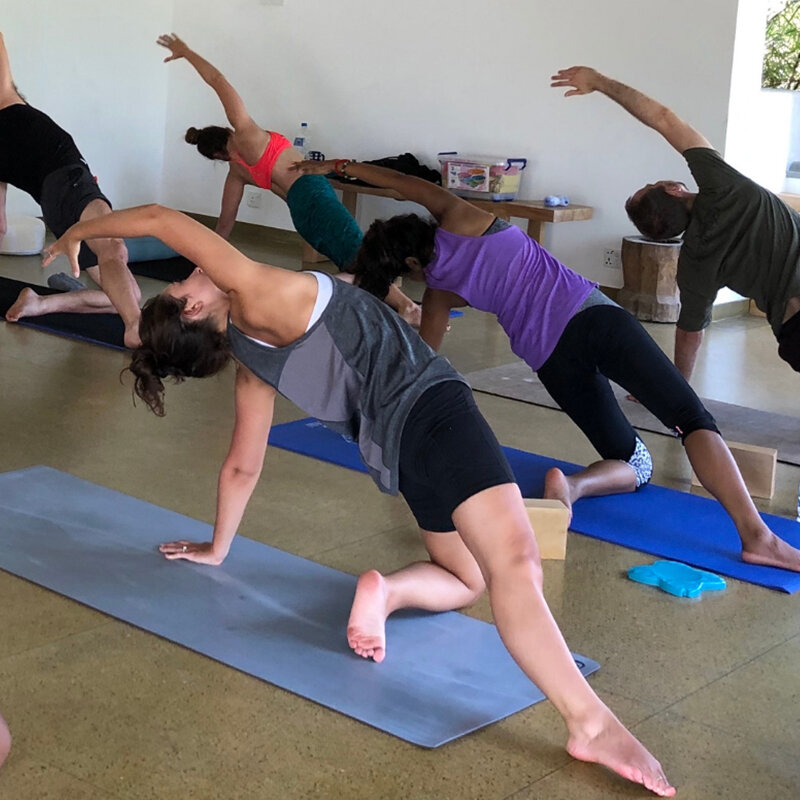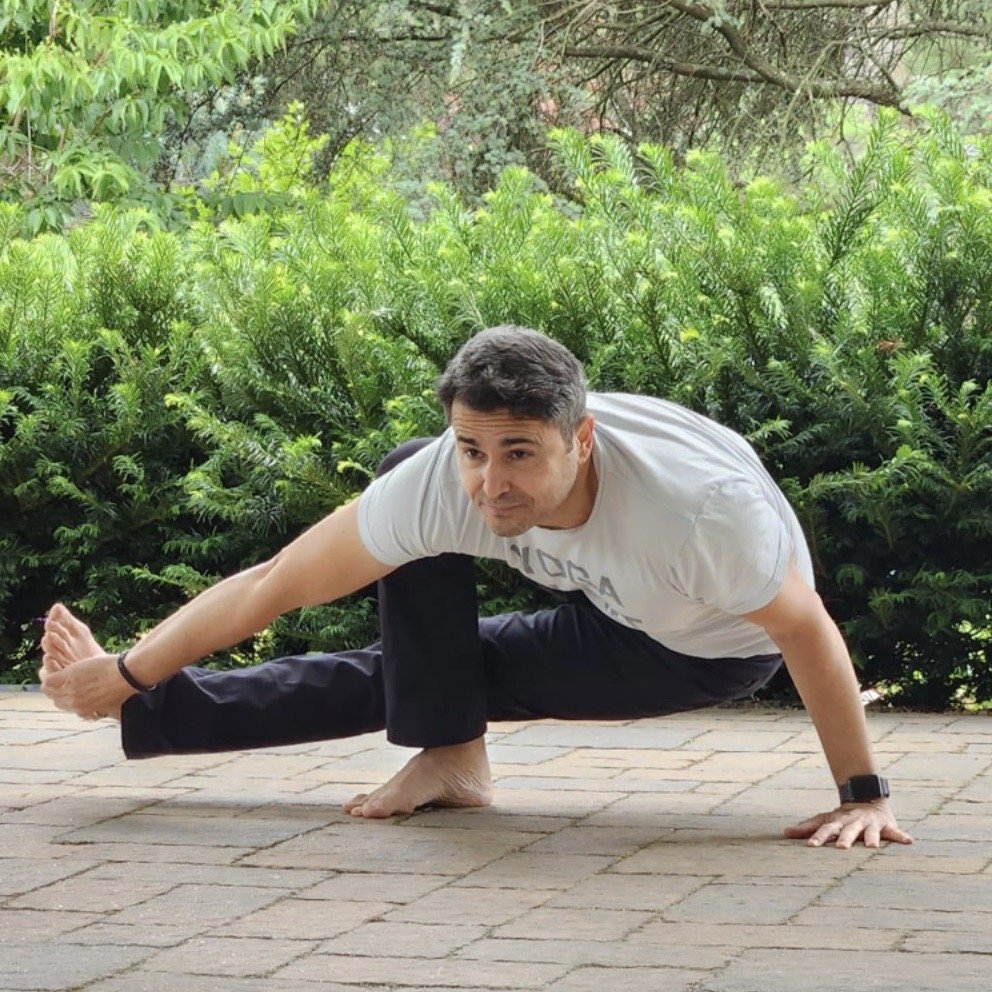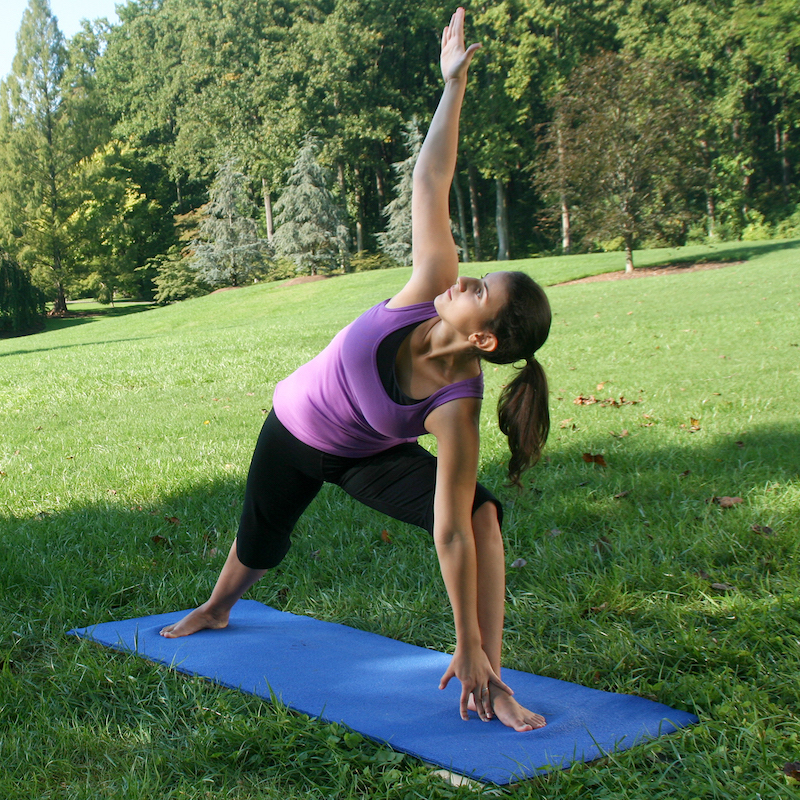Becoming a yoga instructor is a fulfilling and rewarding career path that allows you to share the benefits of yoga with others. However, the cost of certification courses can sometimes be prohibitive. Fortunately, there are ways to become a certified yoga instructor without spending a fortune. How to become a yoga instructor for free? Consequently, understanding the methods to achieve this goal for free can open up new opportunities without financial strain. Therefore, this comprehensive guide explores various options and steps for becoming a certified yoga instructor at no cost. By exploring these avenues, you can embark on a rewarding career in yoga without breaking the bank.
Exploring Free Online Resources
The internet is a treasure trove of free resources that can help you learn the fundamentals of yoga instruction. Understanding how to utilize these resources effectively is essential. Therefore, exploring free online resources is crucial.
Educational Websites and Blogs
Several educational websites and blogs offer free yoga tutorials, articles, and instructional videos. These platforms cover various aspects of yoga, including poses, breathing techniques, and teaching methodologies. Websites like Yoga Journal and DoYogaWithMe provide comprehensive guides and learning materials that can enhance your knowledge base. Additionally, blogs written by experienced yoga instructors offer valuable insights and tips for aspiring teachers. By leveraging these free resources, you can gain a solid understanding of yoga principles and practices. Therefore, recognizing the importance of educational websites and blogs is crucial.
YouTube Channels
YouTube is another excellent platform for free yoga instruction. Numerous channels, such as Yoga with Adriene and Fightmaster Yoga, offer high-quality yoga classes and tutorials. These videos cover a wide range of styles and levels, from beginner to advanced, allowing you to follow along and practice at your own pace. Additionally, some channels focus specifically on teaching aspiring instructors, offering tips on cueing, class structuring, and more. By subscribing to these YouTube channels, you can access a wealth of free content to aid your journey. Therefore, recognizing the value of YouTube for learning is essential.
Utilizing Community Resources and Opportunities
Local community resources and opportunities can provide hands-on experience and valuable learning opportunities. Understanding how to tap into these resources helps you gain practical experience without cost. Therefore, exploring community resources and opportunities is crucial.
Volunteering at Yoga Studios
Volunteering at local yoga studios is an excellent way to gain experience and learn from experienced instructors. Many studios offer volunteer programs where you can assist with class setups, administrative tasks, and events in exchange for free or discounted classes. This arrangement allows you to observe and learn from instructors, understanding different teaching styles and techniques. Additionally, building relationships within the yoga community can lead to mentorship and further opportunities for growth. By volunteering at yoga studios, you gain hands-on experience and insightful knowledge. Therefore, recognizing the value of volunteering is crucial.
Joining a Yoga Co-Op or Community Center
Some communities have yoga co-ops or community centers that offer free or low-cost classes to the public. Joining these organizations can provide access to classes, workshops, and teacher training sessions. Participating in these community-driven initiatives allows you to learn collaboratively and receive feedback from peers. Additionally, community centers often invite guest instructors for specialized workshops, offering exposure to diverse teaching methods and styles. By joining a yoga co-op or community center, you enhance your learning experience and build valuable connections. Therefore, recognizing these opportunities is essential.
Networking and Seeking Mentorship
Networking and mentorship are invaluable for aspiring yoga instructors, providing guidance, support, and opportunities for growth. Understanding how to build these relationships is essential. Therefore, exploring networking and mentorship is crucial.
Attending Yoga Events and Workshops
Attending yoga events and workshops is a great way to network with experienced instructors and like-minded individuals. Many events are free or offer scholarships and work-study programs to those who cannot afford the fees. These gatherings allow you to learn from seasoned professionals and gain diverse perspectives on teaching yoga. Additionally, participating in events and workshops demonstrates your commitment to learning, making you more attractive to potential mentors. By attending yoga events and workshops, you expand your network and gain valuable insights. Therefore, recognizing the importance of these opportunities is crucial.
Finding a Mentor
Finding a mentor who can guide you on your journey to becoming a yoga instructor can accelerate your learning and development. Mentors can offer personalized advice, feedback, and support, helping you navigate the complexities of teaching yoga. To find a mentor, consider reaching out to instructors you admire, either in person or through social media. Express your interest in learning and ask if they would be willing to mentor you. Many experienced instructors are happy to share their knowledge with dedicated and passionate students. By finding a mentor, you gain valuable guidance and support. Therefore, recognizing the importance of mentorship is essential.
Utilizing Free Online Courses and Certifications
How to become a yoga instructor for free? Several online platforms offer free courses and certifications in yoga instruction. Understanding how to access and utilize these resources can help you achieve certification without cost. Therefore, exploring free online courses and certifications is crucial.
Online Learning Platforms
Platforms like Coursera, edX, and FutureLearn offer free online courses from reputable institutions and instructors. While some courses require payment for a certificate, many provide access to learning materials and exercises at no cost. These courses cover various aspects of yoga, including anatomy, philosophy, and teaching techniques. By thoroughly completing these courses, you can gain a solid foundation in yoga instruction. Additionally, completing online courses shows potential employers and clients your commitment to continuous learning. By utilizing online learning platforms, you access high-quality education for free. Therefore, recognizing the value of these platforms is essential.
Free Yoga Teacher Training Programs
While traditional yoga teacher training programs can be expensive, some organizations and platforms offer free or donation-based training. Websites like Yoga Download and MyFreeYoga occasionally provide free training sessions and workshops. Additionally, some non-profit organizations offer grant-funded training programs for individuals dedicated to spreading the benefits of yoga in underserved communities. By researching and utilizing these opportunities, you can achieve certification at no cost. Therefore, recognizing the availability of free training programs is crucial for aspiring instructors.
Gaining Practical Teaching Experience
How to become a yoga instructor for free? Gaining practical teaching experience is vital for developing confidence and honing your skills as a yoga instructor. Understanding how to gain this experience without cost is essential. Therefore, exploring methods for gaining practical teaching experience is crucial.
Teaching Friends and Family
One of the most accessible ways to gain teaching experience is to start with friends and family. Offering free classes to your loved ones provides a low-pressure environment to practice teaching skills and receive constructive feedback. Create structured classes, develop lesson plans, and practice cueing and adjustments as you would in a professional setting. This experience helps build your confidence and refine your teaching style. Additionally, your friends and family can offer valuable insights and suggestions for improvement. By teaching friends and family, you gain practical experience and build a supportive network. Therefore, recognizing this approach is essential.
Community and Charity Classes
Offering community and charity classes is another excellent way to gain teaching experience while giving back. Many community centers, non-profit organizations, and local events welcome volunteer yoga instructors to lead free or donation-based classes. These opportunities allow you to teach diverse groups of people and adapt to different needs and skill levels. Additionally, teaching community and charity classes demonstrates your commitment to making yoga accessible and can enhance your reputation within the yoga community. By offering community and charity classes, you gain practical experience and make a positive impact. Therefore, recognizing these opportunities is crucial.
Conclusion: Embarking on Your Journey to Become a Yoga Instructor for Free
Becoming a yoga instructor for free in 2024 is an achievable goal with dedication, resourcefulness, and a passion for yoga. Proper preparation, including utilizing free online resources, sets the foundation for effective learning.
Engaging with community resources and seeking mentorship provides valuable hands-on experience and guidance. Exploring free online courses and certifications offers access to high-quality education without financial strain.
Gaining practical teaching experience through friends, family, and community classes helps refine your skills. Addressing common questions and misconceptions ensures clarity and confidence in your journey.
By embracing these aspects, you can become a certified yoga instructor without the financial burden, opening up new opportunities to share the benefits of yoga. Understanding the steps and utilizing available resources allows you to embark on this rewarding career path.
Therefore, whether you are at the beginning of your journey or seeking to advance your skills, pursuing yoga instruction for free is a feasible and fulfilling option. Enjoy the process of learning and growing, knowing you have the tools and knowledge to achieve your goal of becoming a yoga instructor!
























































